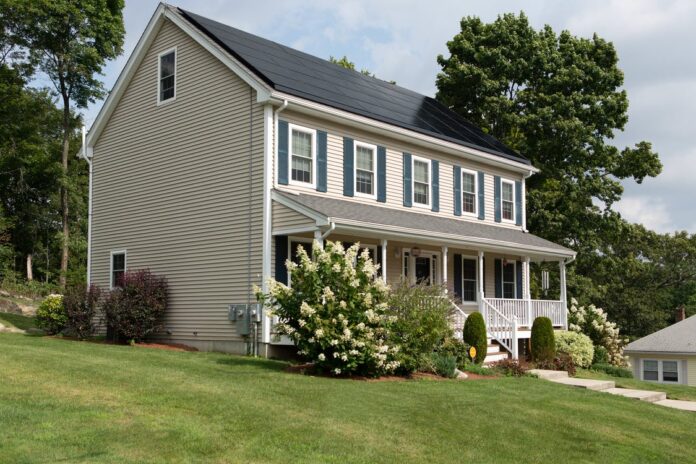
People like to know what to expect from their bills every month. We don’t want surprises to crop up and leave us short on money- or paying way more than we want. Unfortunately, the biggest culprit for this is energy bills. Summer came in hard this year, with record-breaking temperatures and nearly constant heatwaves. You don’t want to sacrifice your AC altogether, but running it frequently can require a huge amount of energy. Of course, there are plenty of other ways you could be using more energy around the house than you actually need.
Although it takes some work, lowering your home’s energy bill is possible. If your energy bills are making you flaming hot, here are some changes you can make to ensure a lower bill and more energy-efficient house.
Seal and Insulate
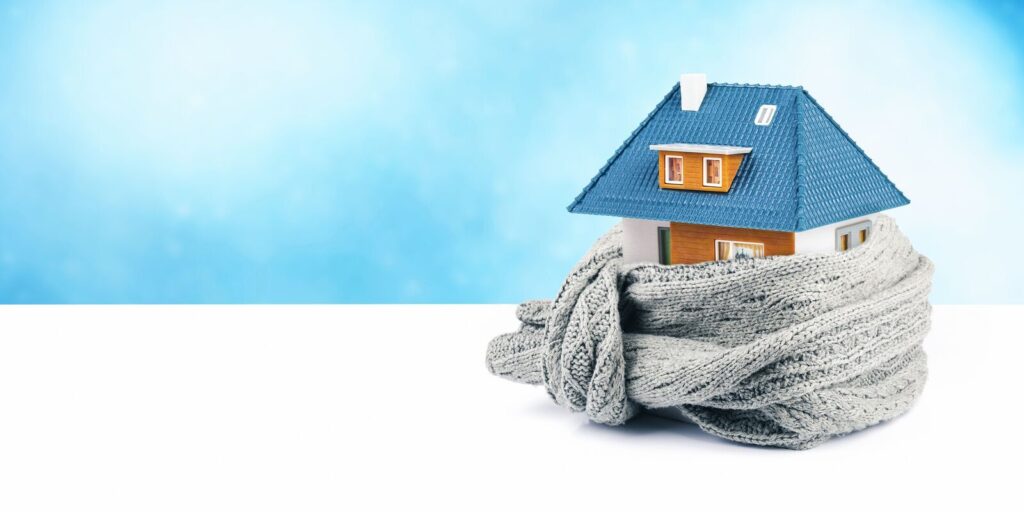
One of the most significant reasons our homes leak cold or hot air is that our homes aren’t as sealed as we think they are. A gap under a door, a drafty window, or a lack of insulation can make it so that your home hemorrhages air conditioning. If you’re trying to reduce the amount of energy you use, the last thing you want is for your AC or heat to be leaking out of your house. This is practically throwing money away.
Fortunately, fixing drafty windows and doors isn’t as hard as it might seem. Of course, getting new windows and doors will make a huge difference, but this isn’t the only thing you can do. Strips of stick-on foam can be placed along the inside of windows to help block airflow. You might even be able to apply caulking around drafty windows, which can be a better-looking alternative to foam if you prefer keeping the curtains open. If you have a drafty door, there are draft stoppers available that you simply place on the floor in front of the button of your door and they’ll block air from seeping in and out. Additions like this can easily be put in and taken out without altering your windows and doors at all. All these small changes can save you money. You can also switch to a cheaper electricity provider if you have an expensive plan. Visiting energy comparison sites such as ElectricityRates.com will help you make an informed switch and therefore get you the best rates from various providers in your area of residence.
Have your home’s insulation checked
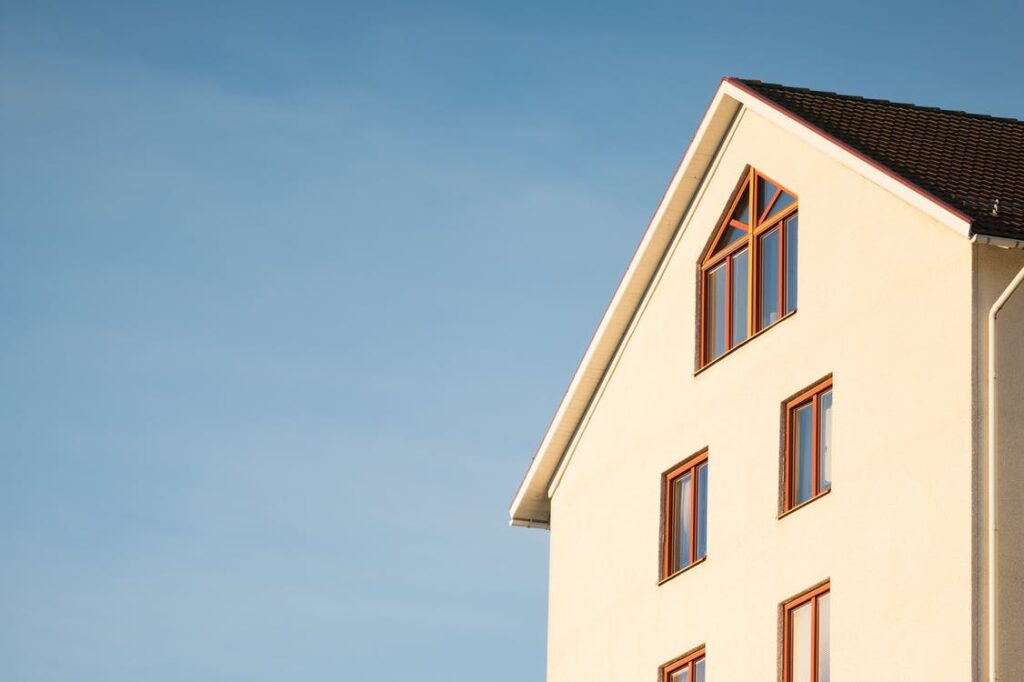
For many homes that struggle to keep a comfortable temperature, but have high energy bills, insulation could be the issue. If it’s not thick enough or needs to be replaced, on average, doing it yourself could cost you less than two hundred dollars. This step may seem like a lot upfront, but it will last for years and the money you save in the long term makes it more than worthwhile. No matter what else you do to your home, you’ll always be wasting energy and money if you have poor insulation.
The best way to check where drafts are coming from in your home is to feel around the window and door frames that lead outside of your home and let drafty air back inside. If you feel a river of hot or cold air pouring out, that’s where the draft is. Seal it, or replace the window or door. Fixing this yourself is doable, although it may take some time. You can also hire professionals to ensure that your home is properly insulated. If you live in an area that gets extremely hot, cold, or both, this isn’t an area where you want to cut corners. This is also something to take into consideration when you’re looking for a new home. According to Redfin.com, there are plenty of great houses available, both new and old, so if you are looking for one, be sure to ask about the insulation.
Make Your Home a Smart Home
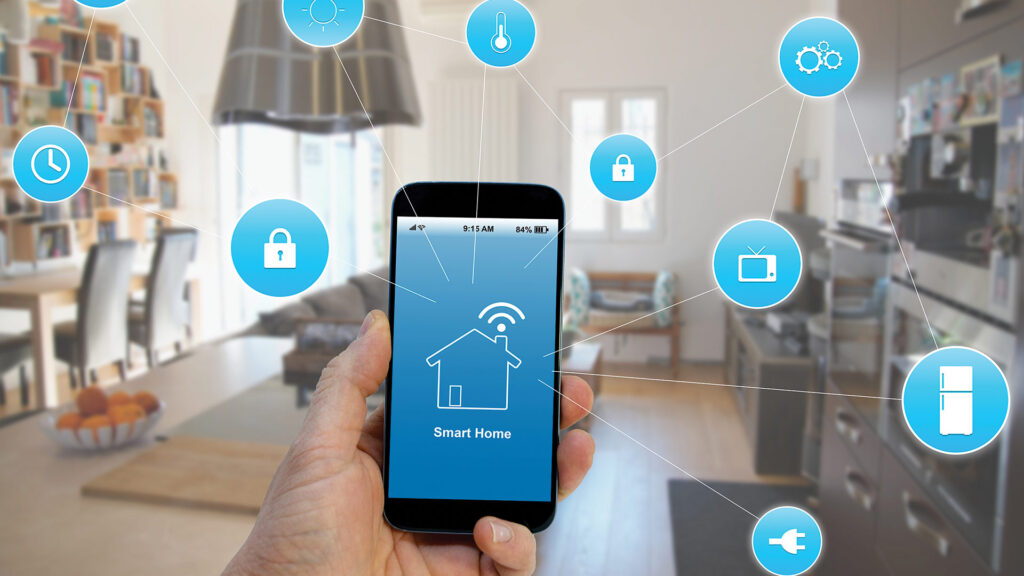
Keeping your house energy-efficient might seem like a lot of work, but you don’t have to do all of it on your own. By turning your house into a smart home, your appliances can make energy-efficient choices for you. This option can sound like a lot of work, but it comes down to buying devices that are simple to install. Smart thermostats can let you change the temperature while you’re away from home and set up timers for when the temperature will automatically change. This step means you can use less air while you’re not home, and also that you’ll be able to see when your usage is highest.
Smart bulbs can also help since they use less electricity to run, and also can be turned on and off automatically by setting it up digitally. Turning your home into a smart home is easy to do with just a little bit of research and doesn’t require you to be an expert at dealing with technology. For many smart devices, you can control them right from your phone.
Personal Accountability for Use
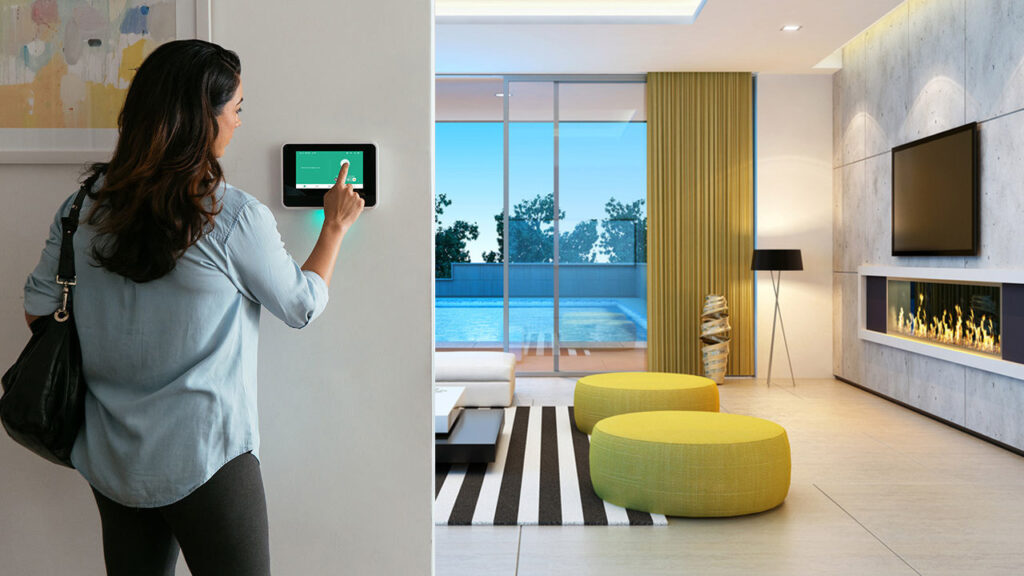
Unfortunately, no matter how many changes you make to your home, they may not lower your bill if you don’t change your behaviors. To succeed at having an energy-efficient house, your need to always stay conscious of the choices you’re making. Use less electricity by finding other ways to cool yourself down. Get a personal fan you can aim at yourself to cool down, or make lots of iced tea so you can feel refreshed.
There are plenty of ways you can lower your energy bill. When you don’t need the lights, turn them off, and limit your use of devices that draw a lot of power. Set your thermostat a couple of degrees outside of your comfort zone to save a substantial amount, and do what you can to stop having to run it as much.
Many of us are making efforts to reduce the amount of energy we use, which can sometimes mean making major changes depending on your current lifestyle. These changes can help you save a lot of money, despite trading a little comfort. Switching to an energy-efficient house doesn’t mean you have to sacrifice much, once you get used to these changes, they’ll feel completely normal. Over time, these changes will end up paying off, and you’ll be happy you made these choices.








